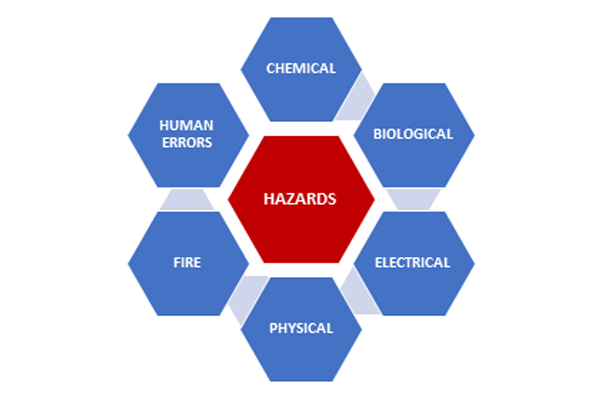

Using idealized binary alloys, severe oxidation of magnesium- and lithium-rich aluminum alloy samples were shown to occur near 500 ☌, a temperature range dangerously close to the operating temperature of solution heat treatment furnaces in manufacturing processes of heat treatable aluminum alloy sheets used in the aerospace industry.

This system was selected to illustrate reactions that may lead to severe and violent heat effect phenomena.
REACTIVITY HAZARD SERIES
Using calorimetry coupled to classical thermodynamics, the strength of classical thermodynamics when analyzing thermal curves was demonstrated through a series of small-scale thermal analyses of various aluminum alloys in contact with sodium nitrate. This work explores the conditions for safe heat treatment of aluminum alloys containing lithium and magnesium in molten sodium nitrate (NaNO3) bath furnaces, and conditions where industrial accidents may occur. The empirically derived heat transfer corrections provided the best estimates of the true activation energy, yet required significant experimental effort. If standard heat transfer correlations were used for the correction, then critical temperatures were conservatively low yet potentially incurring unnecessary economic penalties. If the effects of finite Biot number were neglected, the predicted critical temperature was unacceptably high thus overestimating the safe storage temperature. The tests were performed at two fan speeds on the oven, and the effect of the finite Biot number is compared to the usual infinite Biot number assumption. The overall heat transfer coefficient was determined experimentally for each of the baskets using an inert solid heating model. In this paper, wood flour has been utilized as a model compound in F-K basket ignition tests in a large convection oven. There have been a few attempts in the literature to assess the Biot number for the baskets with marginal success. However, most of the experimental literature ignores the effect of finite heat transfer rates (i.e., finite Biot number) on the reactive material containing baskets even though reasonable correlations have been determined theoretically. These parameters can then be used in the F-K theory to predict safe storage conditions for larger sizes, different geometries, and different boundary conditions. After gaining a series of basket size-critical temperature data pairs, a Frank-Kamenetskii graph is used to graphically determine the activation energy and the product of the Arrhenius pre-exponential and heat of reaction. The tests are continued at a fixed basket size by changing the oven temperature for each test in an iterative fashion to bracket the critical ambient temperature for that basket size. The baskets are inserted into a hot isothermal convection oven, and the outcome is monitored for either subcritical or supercritical (i.e., ignition) behavior. Traditionally, effective kinetic parameters for the Frank-Kamenetskii (F-K) thermal explosion model have been obtained through the use of ignition tests on baskets of reactive solid materials.


 0 kommentar(er)
0 kommentar(er)
